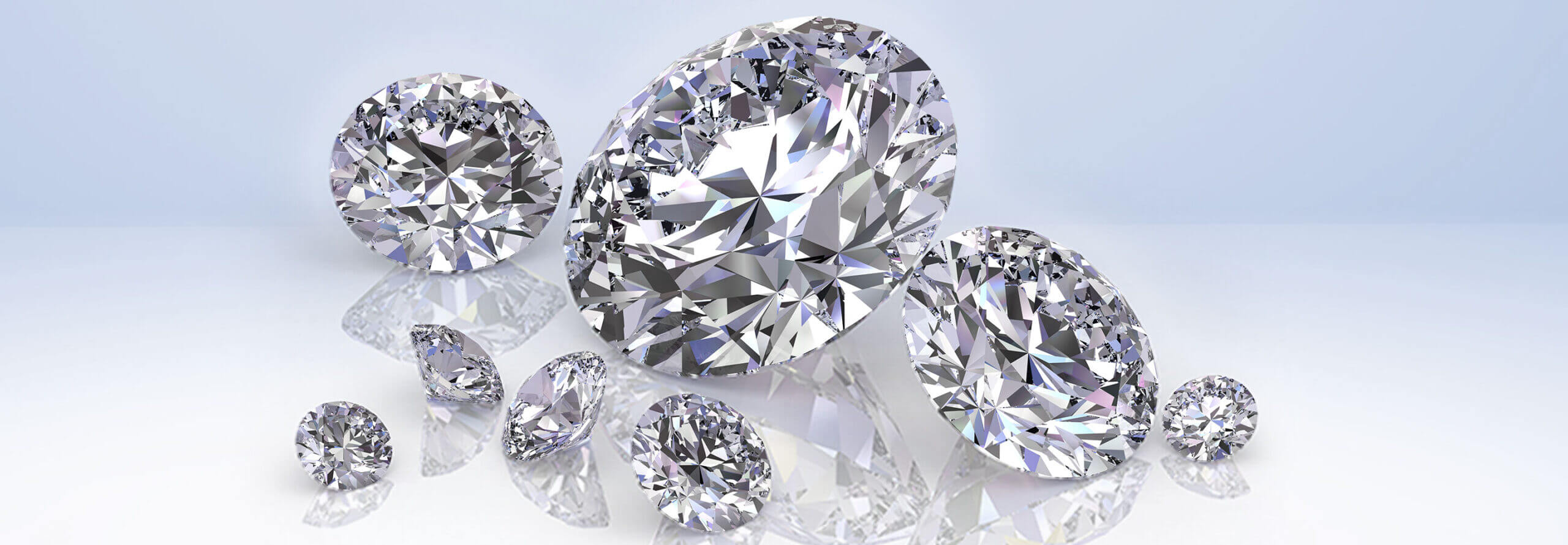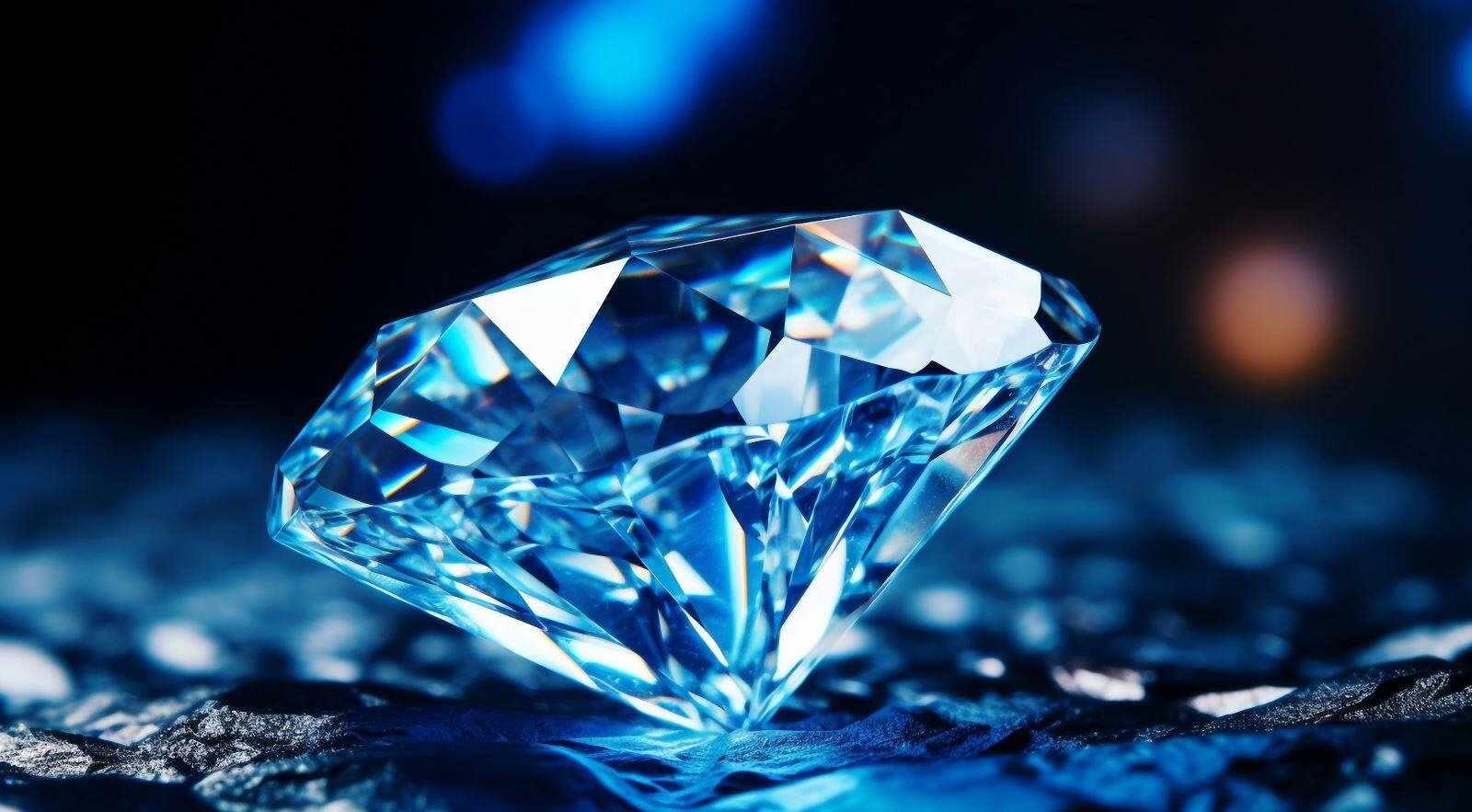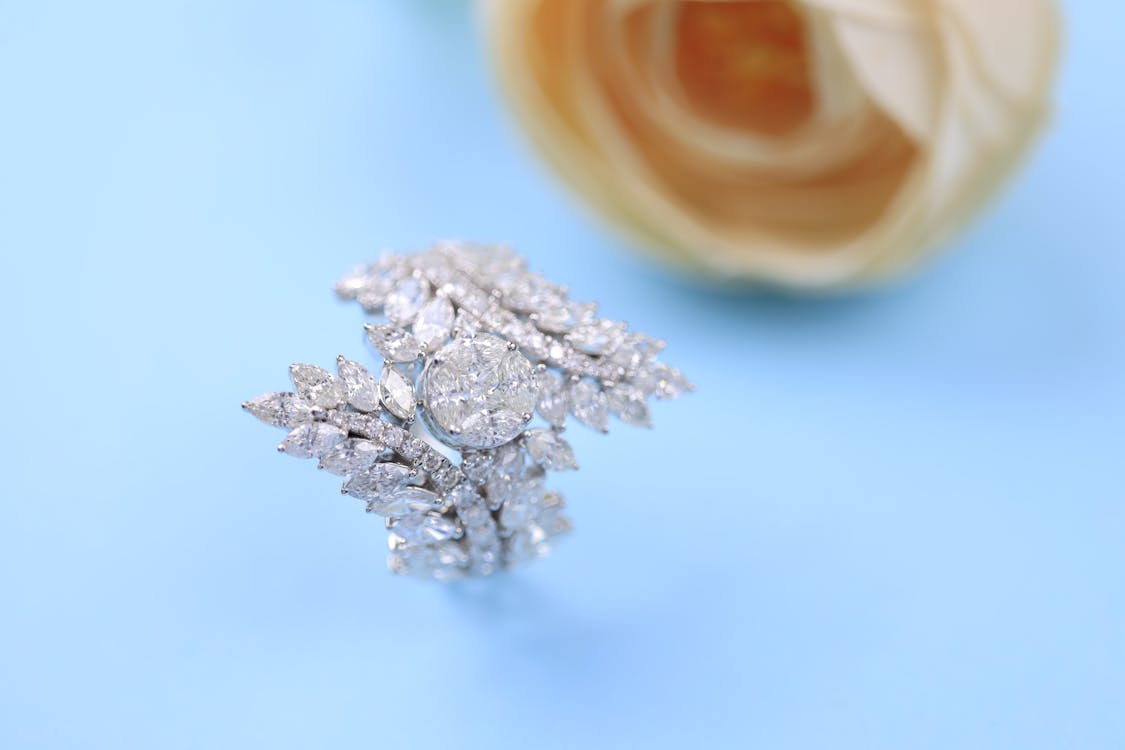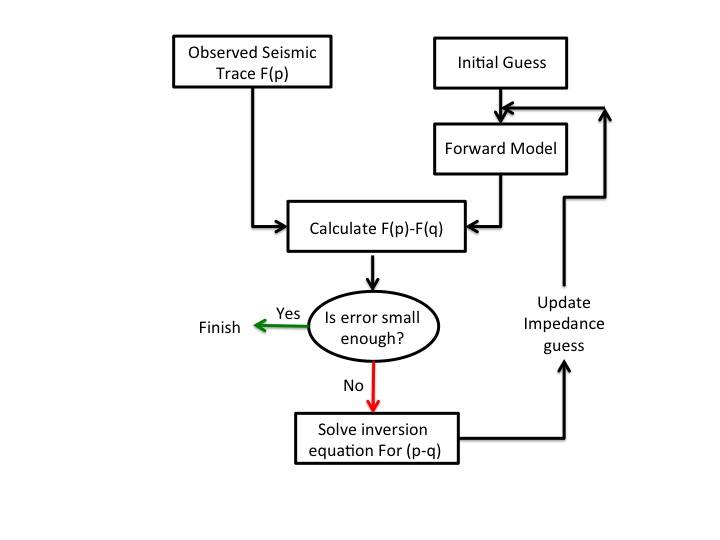In the world of diamonds, both natural and lab-grown diamonds are making waves for their brilliance, durability, and value. Among the crucial aspects to consider when purchasing diamonds is their shape, which influences not only the aesthetic but also the price and the overall appearance of the stone. Whether you’re selecting a diamond for an engagement ring, pendant, or another piece of jewelry, understanding diamond shapes tips and the growing prominence of lab diamonds is essential.
The Importance of Diamond Shapes
A diamond’s shape plays a significant role in how light interacts with the stone, which affects its brilliance, fire, and overall visual appeal. Shapes refer to the outline of the diamond as seen from above, and they can vary greatly. Choosing the right shape is a personal decision, but each shape has specific characteristics that are worth knowing before making a purchase.
The Timeless Appeal of Round Diamonds
Round diamonds are the most popular and classic diamond shape, representing nearly 75% of all diamond purchases. This shape is renowned for its maximum brilliance, thanks to the ideal symmetry and cut that allows light to reflect through the top of the stone, creating unparalleled sparkle. Round diamonds typically cost more than other shapes due to the amount of rough diamond that is discarded during the cutting process. However, their timeless appeal and superior light performance make them a favorite for engagement rings and other fine jewelry.
The Sophistication of Princess-Cut Diamonds
Princess-cut diamonds are known for their modern appeal and sharp lines, featuring a square or rectangular shape. These diamonds are favored for their brilliance and fire, second only to round diamonds. Their versatility allows them to fit seamlessly into a variety of ring settings, from traditional solitaires to more elaborate designs. Princess-cut diamonds also tend to be more affordable than round diamonds, as less raw material is wasted during the cutting process. Their sharp corners and geometric design offer a sleek, contemporary look that appeals to those seeking a sophisticated yet distinctive stone.
The Elegance of Oval Diamonds
Oval diamonds are an elegant variation of the classic round shape, featuring an elongated design that creates the illusion of a larger diamond. This shape is particularly popular for its ability to make fingers appear longer and slimmer, making it a favored choice for engagement rings. Oval diamonds provide excellent brilliance, often comparable to round diamonds, but with a unique flair. The elongated shape also means that carat weight is distributed over a larger surface area, allowing for a larger appearance without the higher price tag.
The Vintage Charm of Cushion-Cut Diamonds
Cushion-cut diamonds, also known as pillow-cut diamonds, have been popular for centuries and remain a favorite for those who appreciate vintage-inspired jewelry. Their rounded corners and larger facets enhance the stone’s brilliance, giving it a soft, romantic glow. Cushion-cut diamonds are known for their exceptional light dispersion, or fire, which refers to the colorful flashes of light that a diamond can emit. While not as brilliant as round or princess cuts, cushion cuts are ideal for those who prefer a softer, antique-style appearance.
The Sophistication of Emerald-Cut Diamonds
The emerald cut is one of the most sophisticated and distinctive diamond shapes, recognized for its large, open table and step-cut facets. This rectangular shape emphasizes clarity and color over brilliance, making it a perfect choice for those who prefer understated elegance. Emerald-cut diamonds tend to have a more subtle sparkle compared to other shapes, but their long, clean lines and dramatic flashes of light offer a unique, regal look. This shape is particularly well-suited for diamonds with high clarity, as the large facets can make inclusions more noticeable.
The Modern Appeal of Radiant-Cut Diamonds
Radiant-cut diamonds are an excellent choice for those who desire the brilliance of a round diamond but with the distinct shape of an emerald or princess cut. This square or rectangular-shaped diamond combines the best aspects of both the step-cut and brilliant-cut faceting patterns, resulting in a stone with intense fire and sparkle. Radiant cuts are often chosen for their modern, geometric appearance, and they work well in a variety of ring settings, from solitaire to halo designs.
The Unique Beauty of Pear-Shaped Diamonds
Pear-shaped diamonds are a hybrid of the round and marquise shapes, forming a beautiful teardrop design. This shape is celebrated for its versatility and distinctive silhouette, often seen as a symbol of individuality and elegance. Pear-shaped diamonds can be worn with the point facing either up or down, allowing for unique customization in jewelry designs. This shape also elongates the finger, making it an attractive option for engagement rings. Pear-shaped diamonds provide excellent brilliance, particularly when cut to ideal proportions.
The Growing Popularity of Lab Diamonds
Lab-grown diamonds, also known as synthetic diamonds, have gained significant traction in recent years as a more sustainable and cost-effective alternative to natural diamonds. These diamonds are created in controlled laboratory environments using advanced technological processes, mimicking the natural formation of diamonds over millions of years.
Lab diamonds are chemically, physically, and optically identical to natural diamonds, offering the same durability and brilliance. The primary distinction lies in their origin. Consumers are increasingly drawn to lab diamonds for several reasons, including their affordability, ethical sourcing, and environmental benefits.
Affordability Without Compromising Quality
One of the key advantages of lab diamonds is their affordability. Lab diamonds can cost up to 30-40% less than their natural counterparts, allowing consumers to purchase a higher carat weight or better quality stone at a lower price point. Despite the lower cost, lab diamonds maintain the same quality standards as natural diamonds, with identical characteristics in terms of cut, clarity, color, and carat.
Ethical and Eco-Friendly Choice
For those concerned about the ethical implications of diamond mining, lab-grown diamonds provide a guilt-free alternative. Lab diamonds eliminate the risk of purchasing conflict diamonds, which have historically been associated with human rights abuses and environmental degradation in mining regions. Additionally, the production of lab diamonds has a lower environmental impact, as it requires significantly less energy and does not involve the large-scale land disruption and water usage typical of mining operations.
The Future of Lab Diamonds
As technology continues to improve, the quality and availability of lab diamonds are expected to rise, making them an even more attractive option for consumers. Many reputable jewelers now offer lab-grown diamonds as part of their collections, providing consumers with more choices than ever before. Whether for engagement rings, wedding bands, or other fine jewelry, lab diamonds are becoming a popular and practical choice for those seeking both beauty and sustainability.
Choosing the Right Diamond Shape and Type
When selecting a diamond, whether natural or lab-grown, it’s essential to consider personal preferences, lifestyle, and budget. Diamond shapes like round, princess, oval, and cushion offer different levels of brilliance and fire, catering to various tastes. Lab diamonds provide an excellent option for those looking for more affordable, ethical, and eco-conscious choices without sacrificing quality.












